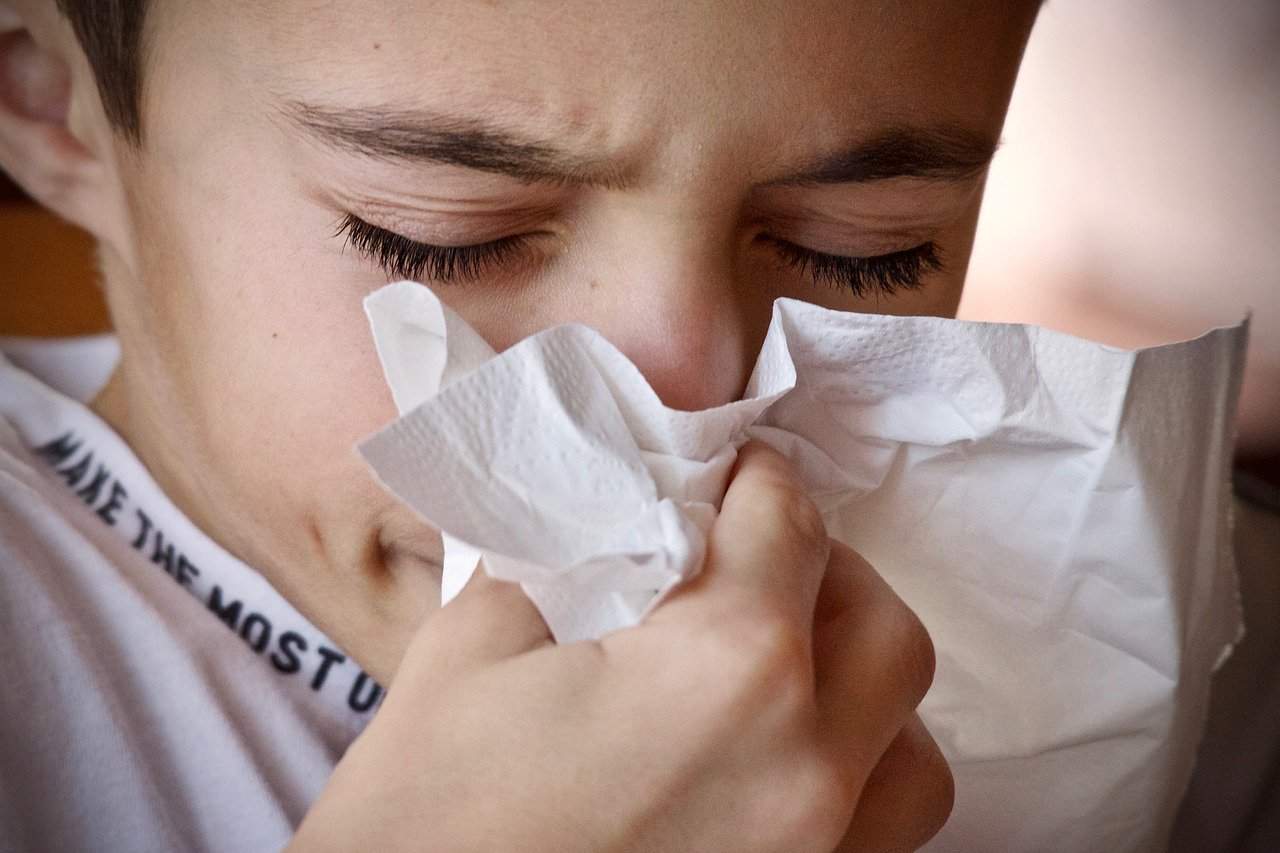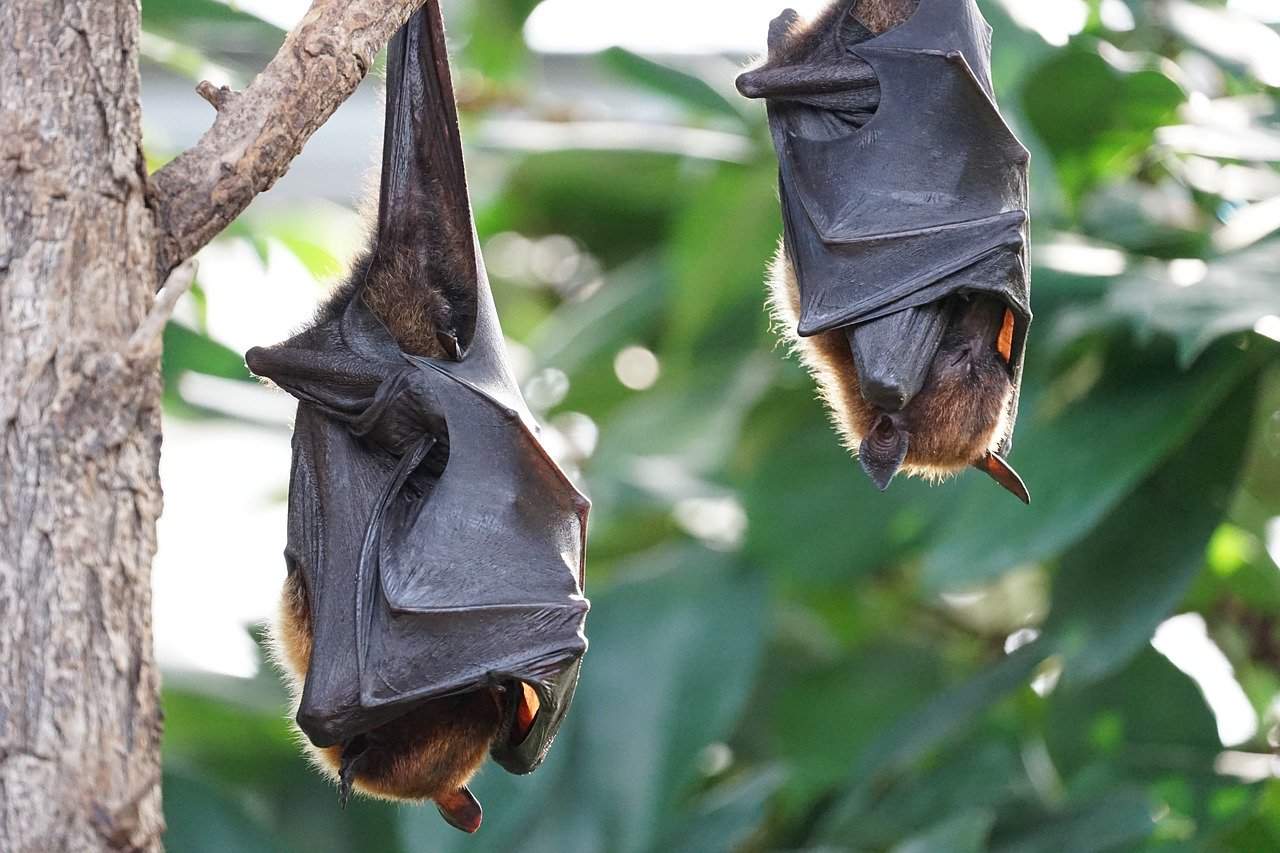
Yet another epidemic is increasingly terrifying the whole world. Different places report cases upon cases of the disease. Still, it is important to stay alert and avoid further panic and terror. One thing that you could do is learn these facts about coronavirus and apply precautionary measures as recommended.
- The Coronavirus (CoV) is a large virus family with 7 known types.
- Coronavirus got its name from the Latin word corona which means ‘crown’ or ‘halo.’
- As a zoonotic virus, CoV can be transmitted among animals and people.
- Coronavirus infections are rampant in the fall or winter seasons.
- For now, the only treatment options for CoV patients are supportive care and symptom relief.
- From the 1960s, the identification of CoV is under human pathogens.
- Coronaviruses in humans affect upper respiratory cells and gastrointestinal tract cells.
- Around ⅓ of common cold cases traces its causes to coronaviruses.
- Agricultural records showed that some CoVs also infected birds, cats, cattle, dogs, pigs, and rodents.
- As per investigations, civet cats appeared to have transmitted SARS-CoV to humans.
- Dromedary camels were the culprits of MERS-CoV transmission to humans.
- Usually, general symptoms surface 2-14 days post-exposure.
- To this date, vaccines for coronavirus protection are still not available.
- As of May 29, 2020, COVID-19 has already killed over 360,000 people worldwide.
- More than 17,000 patients suffer from COVID-19 in over 25 countries.
- A new strain called COVID-19, or previously known as Novel Coronavirus (nCoV) has just been recently found in humans.
- SARS-CoV, MERS-CoV, and COVID-19 are the human CoVs known to spread through contact from infected animals to humans.
- In March 2003, the SARS-CoV was officially diagnosed as a global threat.
- One known vital driver of SARS and MERS epidemiology is a nosocomial transmission.
- To date, the source of infection of the COVID-19 is still unknown.
Coronavirus Facts Infographics

Under a microscope, coronaviruses appear with crown shapes.
Thus, the name. Moreover, these RNA viruses are enveloped and positive-stranded in Nidovirales order.
The most prominent symptoms of coronaviruses are respiratory symptoms.
Alongside it is breathing difficulties, cough, fever, and shortness of breath. However, severe cases could eventually lead to pneumonia, kidney failure, severe acute respiratory syndrome, and worst, death.
Respiratory droplets carry human coronaviruses from an infected person to people nearby.
By coughing or sneezing, an infected person could transmit the disease via close personal contact. Another way is when a person touched a contaminated object or surface and then touched the eyes or mouth afterward.

It is advisable to avoid close contact with people who are showing symptoms.
Other preventive measures that you can do are covering your mouth and nose when sneezing and coughing, properly cooking eggs and meat, and washing your hands regularly.
Diagnosis of coronavirus infections requires special laboratory tests.
These tests involve blood or respiratory samples and are more ideal for people with severe symptoms. In cases of infection from uncommon CoV strains like MERS, the tests should also be recommended.
The Coronaviridae family has a subfamily named Orthocorinavirinae.
Further, this subfamily has four CoV genera classifications namely Alpha-, Beta-, Delta-, and Gammacoronavirus.
4 out of the 7 CoV types cause respiratory infection.
The KHU1, 229E, OC43, and NL63 are more common than you might think. Their effects could range from mild to moderate infections like that of the common cold.
2 out of the 7 CoV types can cause severe respiratory infections.
These are the Severe Acute Respiratory Syndrome coronavirus or SARS-CoV, and the Middle East Respiratory Syndrome coronavirus or the MERS-CoV.
The discovery of the 7th type was not until 2019.
The Novel Coronavirus or COVID-19 first appeared in Wuhan of Hubei Province in China. Until now, public health officials are still figuring out the recently discovered coronavirus and its corresponding infection.
SARS-CoV surfaced in China back in 2002.
The SARS-causing virus immediately spread to over 24 countries in Asia, Europe, North and South America. Thankfully, SARS cases dwindled until there are no longer reported cases from all over the world since 2004.
SARS-CoV most likely originated from bats.

However, it spread to Chinese ferret badgers, Himalayan palm civets, and raccoon dogs at the Guangdong wet markets. Handlers or consumers got infected as well, further spreading the virus via human-to-human transmission.
Bats reportedly contain a broad range of coronaviruses.
It is crucial in the evolution of viruses, particularly the alpha- and betacoronavirus lineages. Still, there are other animal species that serve as intermediate hosts and animal reservoirs.
MERS-CoV cases trace back to residence or travels in and near the Arabian Peninsula.
First discovered in 2012, this type of coronavirus infection recorded around 2,500 infected people.
The main source for MERS-CoV was dromedary camels.
These virus animal reservoirs served as the intermediate host source for human infections of the same strain. For MERS, there have been no documented human-to-human transmission or community outbreaks apart from close contacts.

The majority of MERS-CoV cases sprung from human-to-human infections in healthcare settings.
Whether the transmission is airborne, ingestion or via droplet, the accurate routes are still unclear apart from close contact. Zoonotic infections reportedly came from the consumption of raw camel milk and other camel products.
MERS-CoV could thrive on plastic and metal surfaces for up to 48 hours.
It represents the universal environmental conditions in indoor spaces like a hospital ward, especially when at 20°C and 40% relative humidity. Also, bacterial culture from air and surfaces show that MERS could survive on surfaces even several days past contact with an infected patient.
The coronaviruses are sensitive to heat.
Ultraviolet light, non-ionic detergents, liquid solvents, and oxidizing agents also affect the virions adversely. Moreover, higher temperatures or increased levels of relative humidity also decrease viability.
The H5N1 or bird flu is another type of virus that humans acquire from animals.
As the name suggests, the bird flu is an influenza virus that causes severe respiratory disease in birds. The ‘avian influenza,’ as it is also called, is highly infectious. Occasional human bird flu cases occur, but the human-to-human transmission of the infection is difficult.

The U.S. government issued a traffic advisory at level 4 for the COVID-19.
The World Health Organization declared the outbreak a public health emergency and an international concern. Hence, government officials advised residents not to travel to China.
Airlines from all over the world imposed a travel ban in an attempt to contain the spread of COVID-19 from Wuhan.
Asian, European, and North American airlines canceled flights to China. Some of the institutions on the list are Air Asia, Air India, American Airlines, British Airways, Cathay Pacific, Finnair, IndiGo, Lufthansa, and United Airlines. While some either minimized or stopped flying to China entirely, others offered refunds to customers.
Latest COVID-19 Facts
- As of 6 October, 2020, there are already 35,695,735 recorded COVID-19 coronavirus cases across the world.
- While 26,865,755 patients have recovered, 1,045,920 affected people ended up dead.
- The U.S. is currently the country with the highest COVID-19 case count at 7,679,644, among which 215,032 are dead.
- Ranking second is India with 6,682,073 recorded cases, and the death toll of 103,600.
- Brazil ranks third with 4,940,499 recorded cases with a death toll of 146,773.
- The majority of deaths caused by the COVID-19 are above the age of 75 years.
- 216 countries and territories around the world are affected by COVID-19.
- About 60% of COVID-19 deaths are males, and close to 40% of the deaths are females.
- 11 countries and territories no longer have active cases, including St. Vincent Grenadines, Macao, Timor-Leste, New Caledonia, Saint Lucia, Grenada, Greenland, Montserrat, Falkland Islands, Vatican City, and Anguilla.
- 45th US President Donald Trump tested positive for COVID-19 on 1 October, 2020.
Updated: 6 October, 2020
Was this page helpful?
Our commitment to delivering trustworthy and engaging content is at the heart of what we do. Each fact on our site is contributed by real users like you, bringing a wealth of diverse insights and information. To ensure the highest standards of accuracy and reliability, our dedicated editors meticulously review each submission. This process guarantees that the facts we share are not only fascinating but also credible. Trust in our commitment to quality and authenticity as you explore and learn with us.


